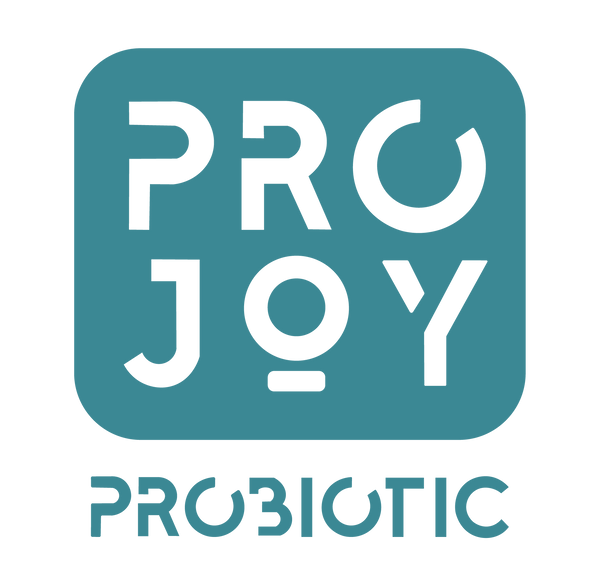
A Promising Approach for Hyperuricemia and Gout Prevention and Treatment.
Share
Introduction:
Gout is a common type of arthritis that affects millions of people worldwide, including in India. It is caused by the deposition of uric acid crystals in the joints, leading to inflammation, pain, and stiffness. Hyperuricemia, the elevated level of uric acid in the blood, is a major risk factor for gout, but also for other diseases, such as kidney stones, hypertension, and metabolic syndrome. While drugs such as allopurinol and febuxostat can lower uric acid levels, they have some limitations and side effects. Therefore, there is a need for new and effective strategies to prevent and treat hyperuricemia and gout. One emerging approach is to target the gut microbiota, the complex community of microorganisms that inhabit our gastrointestinal tract and play a crucial role in our health and disease.
Body:

A recent research article published in the journal Front Cell Infect Microbiol. in August 2022, has reviewed the current knowledge on the links between gut microbiota and hyperuricemia/gout, and proposed gut microbiota remodeling as a promising therapeutic strategy. The authors, a team of researchers, have summarized the evidence from both animal and human studies that support the involvement of gut microbiota in uric acid metabolism and inflammation, and the potential of modulating gut microbiota to improve uric acid homeostasis and prevent gout flares.
The authors first explained how gut microbiota can influence uric acid metabolism by producing or degrading uric acid, purines, and other metabolites that affect the production, excretion, and reabsorption of uric acid in the kidneys. They also highlighted how gut dysbiosis, the imbalance of gut microbial composition and function, can lead to hyperuricemia and gout through various mechanisms, such as inflammation, oxidative stress, and intestinal permeability. Furthermore, the authors discussed some of the interventions that have been tested to modify gut microbiota in animal models or clinical trials, such as probiotics, prebiotics, synbiotics, antibiotics, fecal microbiota transplantation, and dietary changes.
The authors concluded that gut microbiota remodeling could be a safe and effective way to prevent and treat hyperuricemia and gout, as it addresses the root cause of the disease, rather than just the symptoms. They also acknowledged some of the challenges and limitations of this approach, such as the need for personalized and long-term interventions, the potential side effects of antibiotics and fecal transplantation, and the lack of standardized protocols and regulatory guidelines. Nevertheless, they encouraged further research to explore the optimal strategies for gut microbiota remodeling in hyperuricemia and gout, and to validate its efficacy and safety in larger and diverse populations.
Conclusion:
In conclusion, gut microbiota remodeling is a promising therapeutic strategy for confronting hyperuricemia and gout, as it offers a holistic and natural approach to improve uric acid metabolism and reduce inflammation. While more research is needed to refine and optimize this approach, the current evidence suggests that it has the potential to benefit many people suffering from hyperuricemia and gout. Here are Projoy Probiotics to remodel gut microbiota.
